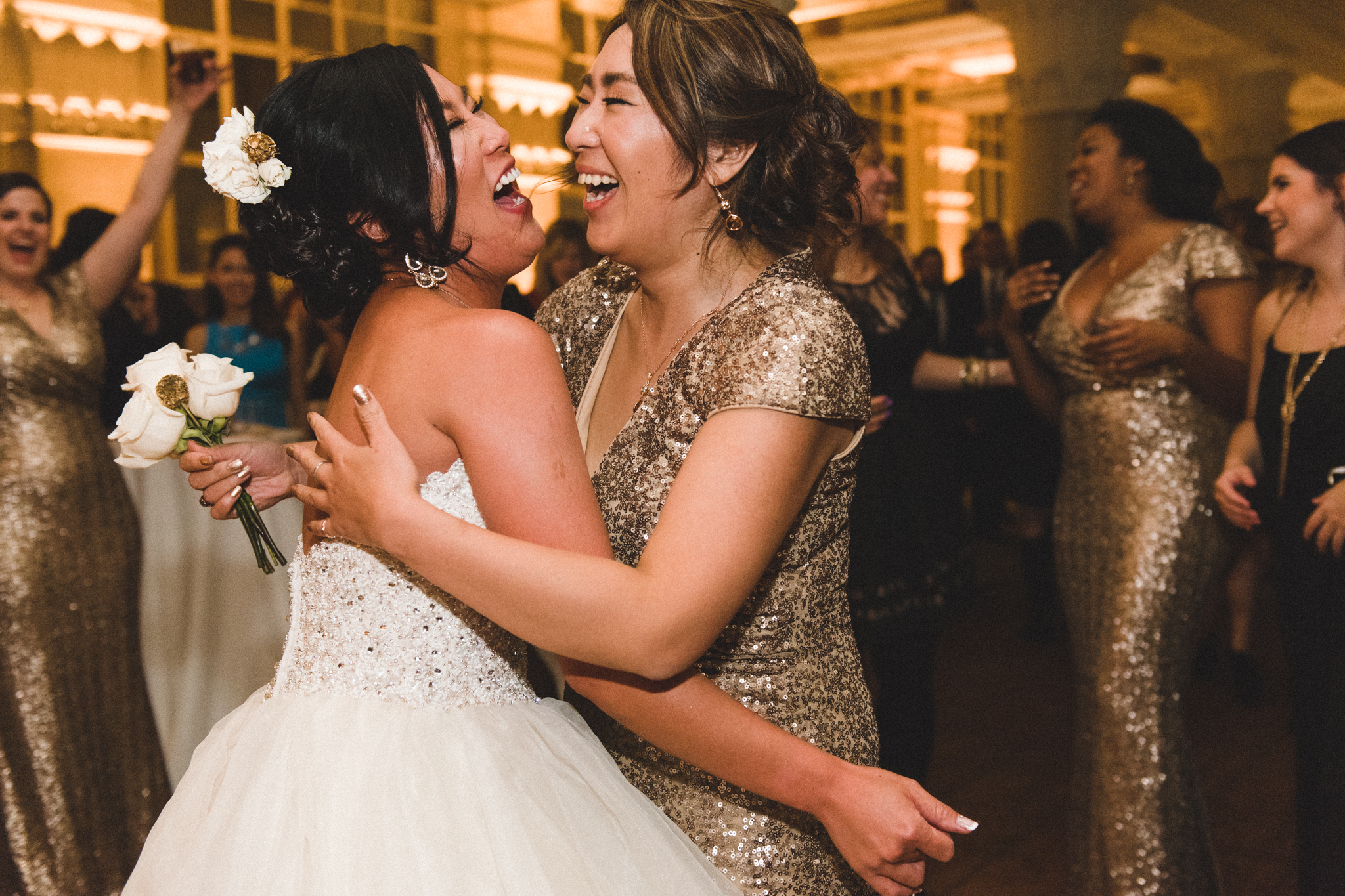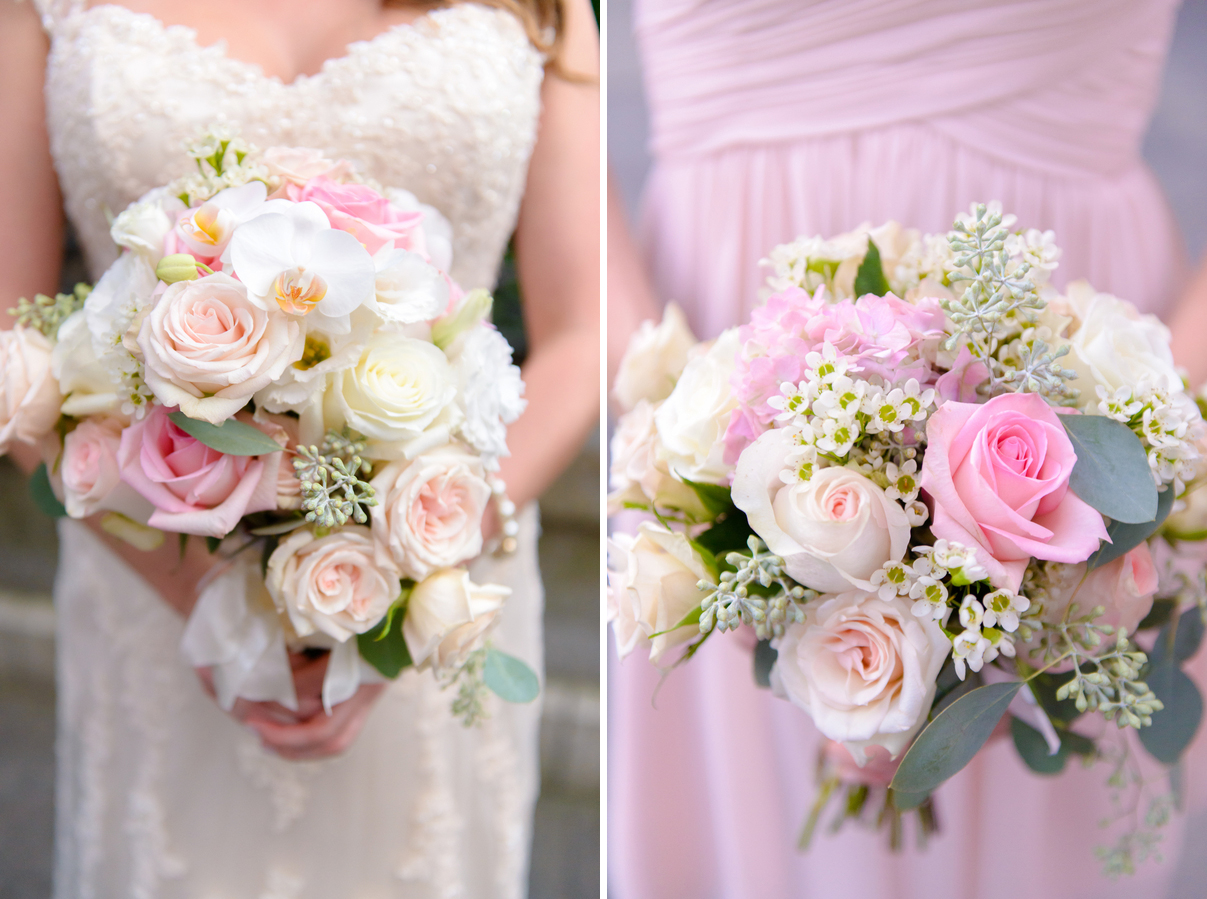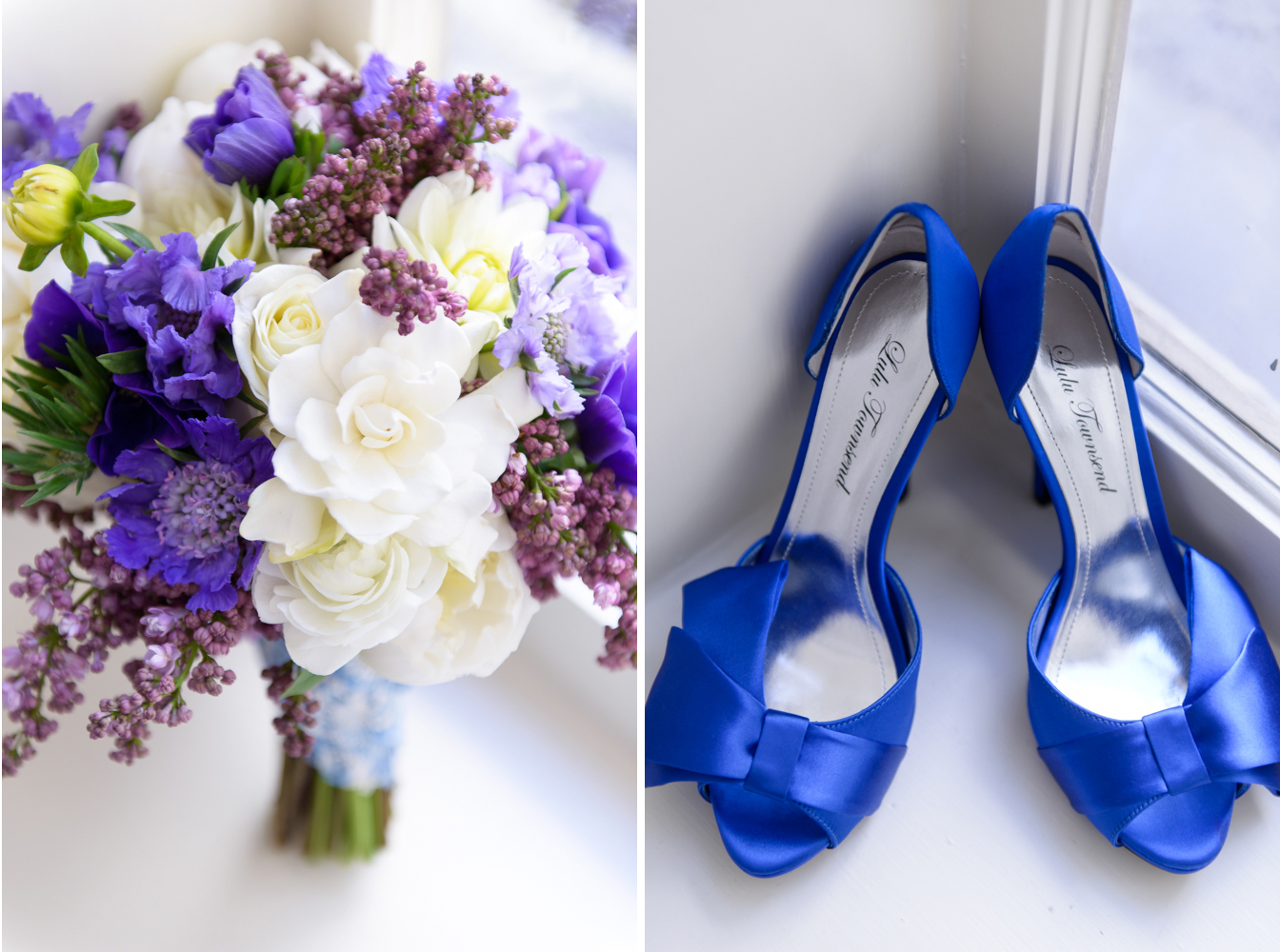There are only 2 directions a creative is ever moving in: forward or backward. There is no in between. You suck at at least one thing or another (everybody does!). If you want to elevate your photography, you have to strengthen areas of weakness.
But identifying our shortcomings can be difficult. Especially if you don’t know what to look for.
What Should I Look For?
Most often the first type of feedback that photographer seeks is a critique of their completed or final images. We are hoping people can look at the images and tell us how aspects of our image making can improve: lighting, composition, posing, post-production, exposure, etc. These things are all essential, and it is key to being able to identify issues with these aspects of our work.
Who Should I Ask?
Unfortunately, online communities often are filled with those looking to tear down and attack anyone they are jealous of otherwise know as “trolls”. Also, it’s sometimes difficult to decipher honest critique from “haters”.
I would recommend building a network of colleagues that you trust, with whom you can share your work. It is also helpful, if those you can turn to are also not in direct competition with you, or at least not intimidated by you as a business competitor.
Our work, our art, is only a reflection of ourselves, so imperfections cannot, I repeat, cannot be taken personally.
There are limitations with traditional critique, though. Showing a few images and asking for feedback can only tell you so much, there are so many aspects of being a strong photographer that one set of images won’t do you justice. You will need to start asking trusted associates to review your work as a whole,
I want to identify a few areas related to photography that you can target for improvement.
I Suck At The Technical
How to identify: This should be the easiest of these to identify. If you need to toss out images regularly because they are out of focus or not properly exposed, then you need to work on your technical skills. It’s essential to be able to nail focus a very high percentage of the time. It’s also important to know when to switch into and out of continuous focus.
Even with the amazing flexibility of shooting RAW, we need to get our exposures correct. While being off by a half stop or so may not be the end of the world, blowing highlights and underexposed shadows can make images unusable.
I Suck At Interpersonal Relationships
How to identify: If on your bridal sessions and, in particular, your engagement sessions, you notice a pattern of your clients disengaging then that is a cue that you need to work on your methods of putting your clients at ease during the shoot. A very small percentage of people feel comfortable in front of a camera. Part of the key to getting great images on a shoot is building a relationship and comfort level in very short time.
Small talk is important.
I also like to address the fact that I know they probably aren’t comfortable and that I’m going to do my best to talk them through poses and make it as easy as possible. I regularly tell clients how great everything looks and how great they are doing.
If you notice that you very rarely receive referrals, have trouble getting clients to provide reviews, or don’t regularly receive emails from clients thanking you, then you may want to work on your overall ability to build relationships with your clients. Your ability to “be likeable” and to show your clients that they are important to you, is as important as your ability to take great pictures.
I Have No Consistency
How to identify: Since I’m a wedding photographer, let’s use that as an example (but this process of identifying consistency will work for any photographer). Most of us post our work through the blog section of our sites. Scroll through your blog, go wedding by wedding starting with the most recent and see if you think your images “feel” consistent. Ask trusted friends to do the same.
While it is important to take great images, it is also important to be identifiable. The goal is to be able to go from project to project and get a sense that this was all done by the same photographer with a similar style. When clients hire a brand, they want to know what they are getting.
We need to be able to assess our body of work as a whole to identify the presence or lack of consistency.
I Suck At Post-Production
How to identify: There’s an easy and sneaky way to do this quickly. Watch videos and tutorials on post-production and retouching. Get a sneak peek at the “before” images of photographers you respect.
If both “before” images are roughly the same quality but your afters aren’t, then there you go.
I Suck At Marketing
How to identify: The quality of your work and the consistency of your bookings are not always directly related. Marketing effectively and building client relationships are essential.
If you are turning out work that is considered by your peers and yourself to be high-quality work, your clients consistently rave about you, and you still aren’t booking enough, you may want to re-evaluate your marketing strategies. Building vendor relationships, advertising, your website, and your SEO are all keys to your marketing.
What Are Style And Sensibilities, Again?
How to identify: This may be the most difficult thing to self-identify. To some degree, our individual sensibilities are just a natural part of who we are, what we like, and the type of photos we are drawn to create. I know we have all encountered photographers who despite their best efforts and knowledge just don’t seem to get it.
The good news is that we can train our sensibilities to some degree. Training your sensibilities is about absorbing as much “good” imagery as we can.
If you are a wedding photographer, study the top blogs and photographers. If you are a fashion photographer, study the top fashion magazines. By taking in tons of great stuff, you may begin to shift your tendencies and stylistic choices.







